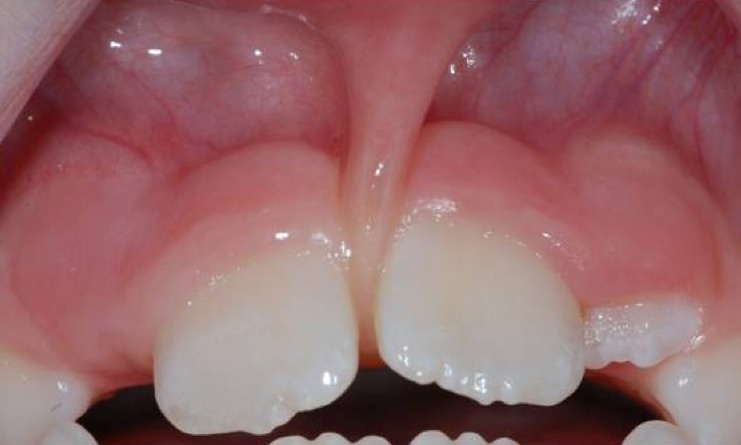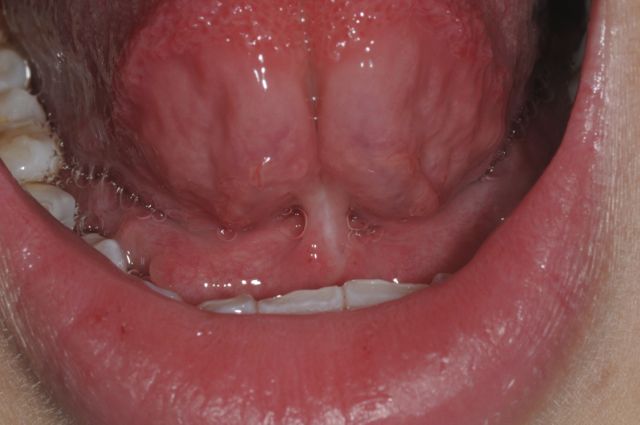A frenectomy (also known as a frenulectomy, frenulotomy or frenotomy) is the removal of a frenulum, a small fold of tissue / muscle fibers that develop in different parts of the mouth. Done mostly for orthodontic purposes, a frenectomy is either performed inside the middle of the upper lip, which is called labial frenectomy, or under the tongue called lingual frenectomy.
Labial frenectomy:
Labial frenectomy refers to the removal of muscle fiber / tissues in the middle of the upper lip, which extents to the gum tissue between central incisors. These muscle fibers and the force they exert during function can cause the upper incisors to shift and separate (i.e. Diastema). Your orthodontist may request an oral surgeon to remove the labial frenum to help minimize such shift.

Lingual frenectomy:
Lingual frenectomy refers to the removal of muscle fiber / tissues that occurs on the floor of the mouth extending to the tip of the tongue on one side and to the gum tissue behind the lower central incisors in the other. This can limit the range of the tongue movement and compromise a child’s eating ability and phonetics. This is referred to as ankyloglossia or tongue tie. It can also cause recession of the gum tissue behind the lower incisors. Lingual frenectomy procedure allows the removal of this band of muscle fibers and improves the tongue movement.

About Frenectomy:
Frenectomy is a relatively minor oral surgery procedure that often takes no more than 10-15 minutes to complete, it is performed with local anesthesia, although, IV sedation or nitrous oxide sedation is often given for more patient comfort.